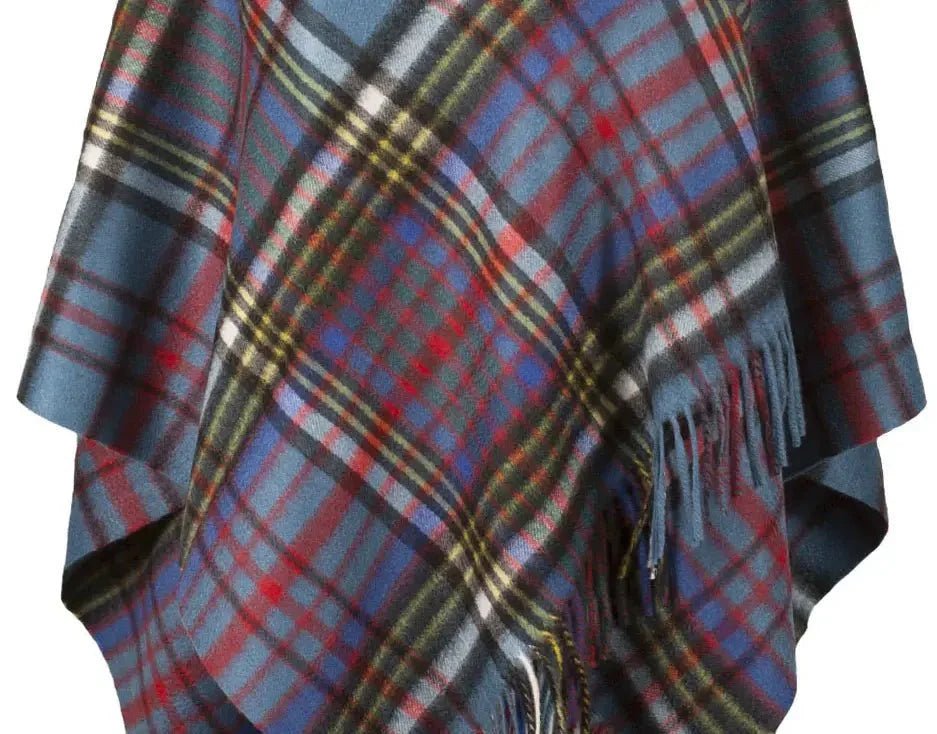
The Anderson Tartan: Seven Colours, One Legacy
Anderson Tartan – Historical Significance and Attributes
The Anderson Tartan is that of the Anderson clan, which is nowadays rather widespread across Scotland. The earliest recorded appearance of the Anderson family was in Peebles and Dumfries at the end of the 13th century. The clan presently has no chief that the Lord Lyon's Court has recognised, so it is regarded as an armigerous clan, that is, one which has no chief.
Anderson Tartan is unique among Scottish tartans due to containing seven colours: light blue, red, black, yellow, white, green, and navy blue. The pattern requires a specific loom, as the standard Scottish tartans consist of six colours or fewer. The very large amount of light blue is another unique feature, which is seen very seldom among tartans.
There are also several variations of the tartan: Modern, which stands out with its bright red and yellow; Ancient, with more muted colours evoking earlier types of dyeing; and Weathered, with the same range of colours but with the worn, blued look.
Unlike most other clans, the Andersons have no myths attached that involve epic wars or mythological monsters. The name itself is patronymic: “Anderson” simply means “son of Andrew,” just like the related family name MacAndrew (where Mac, of course, means “son” in Gaelic).
Legacy and Styling of the Anderson Tartan
The Andersons also became renowned in the world of science, with a strong tradition of scholarly curiosity that has deep roots in the clan’s history across many disciplines. This began in the 17th century, when Alexander Anderson published works on algebra and geometry in Paris. His cousin, David Anderson of Finshaugh, known for his skills in mechanics and mathematics, famously removed a massive boulder blocking the entrance to Aberdeen’s harbour. This extraordinary achievement earned him the nickname “Davie-Do-a’-Things.”
When dressing in the Anderson Tartan, it should be worn best with plain shirts or plain coloured sweaters that won’t compete with the bright pattern of the tartan. It also wears well by layering, e.g., as a cape over a simple sweater. Scarves, blankets, hats, handbags, or ties, made from this tartan, help add that bit of Scottish personality and brighten up casual outfits.


